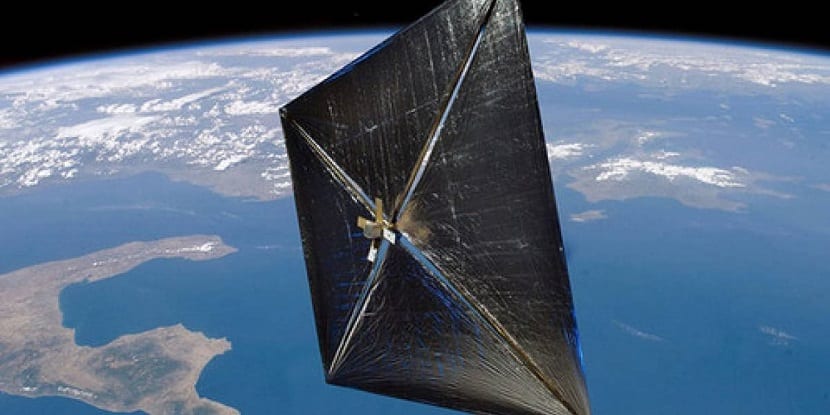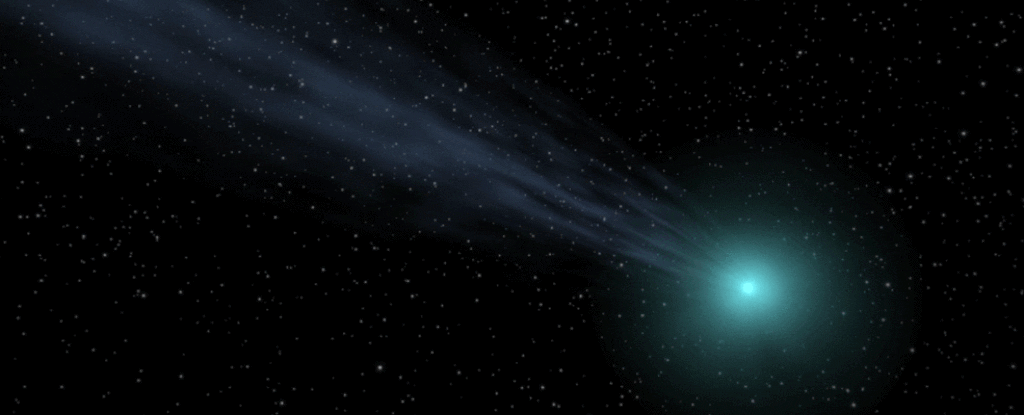
For a long time, something like 150 years, our scientists have known that light exerts pressure on the matter with which it interacts. Unfortunately and apparently, this is how it has been officially published, until now we did not know a method with which we could measure this force.
The problem behind all this research is that a photon as such has no mass, but it does have momentum and, as you are probably thinking, this momentum exerts a force on the object with which it interacts. This hypothesis was formulated around 1619 by the German astronomer and mathematician Johannes Kepler.
Keppler was the first to talk about the pressure that light exerts on matter
Going into a little more detail, especially if you want to consult this theory, it is formulated in the treatise By Cometi and thanks to the same Johannes Kepler was able to explain the reason why the sunlight is the cause, when exerting pressure, that the tail of any comet always moves away from the location of the Sun itself.
Interestingly, it was not until 1873 that the Scottish physicist James Clerk Maxwell formulated in A Treatise on Electricity and magnetism that this was due to impulse. In their study it was assumed that light must have been a form of electromagnetic radiation that carries momentum and exerts pressure. As a detail, tell you that this work served as the fundamental basis for Einstein's later work on relativity.
As the engineer recently commented Kenneth chau from the Okanagan campus of the University of British Columbia (Canada):
Until now, we had not determined how this momentum turns into force or motion. This is all because the amount of impulse carried by light is very small and we don't have sensitive enough equipment to solve this problem.
At the moment the human being does not have the necessary technology to directly measure the impulse that light exerts when it hits an object
Because at a technical level we do not have the necessary technology to measure this impulse, the team of physicists and engineers decided to build a device that did use of a mirror to measure the radiation exerted by photons. The idea is to shoot laser pulses at the mirror so that it returns a series of elastic waves that move across its surface and are detected by a series of acoustic sensors.
In the words of Kenneth chau:
We cannot directly measure the momentum of the photon, so our approach was to detect its effect in a mirror. 'listening'the elastic waves that went through it. We were able to trace the characteristics of those waves down to the momentum that resides in the light pulse itself, which opens the door to finally define and model how the momentum of light exists within materials.

There is still a lot of work ahead, although the possibilities offered by this research are many
At the moment there is still a lot of work to be done to know with certainty how far an investigation like this can take us, although, according to the people who work in it, it could serve to improve solar sail technology, a method of non-motorized propulsion for spacecraft that would precisely use the pressure exerted by the sun's radiation on the sail instead of wind.
On the other hand, knowing with certainty the pressure that light can offer on the object on which it falls can help us to get build better optical tweezers, a method that is used today to trap and manipulate incredibly small particles. To get an idea of the size that is manipulated with this technique, tell you that we are talking about scales of a single atom.
According to Kenneth chau:
We're not there yet, but the discovery in this work is an important step and I'm excited to see where it takes us next.

Sergio Salazar and Felipe according to this article, the photon has no mass, now, according to their argument about the weight of a leftover, it is due to the impulse of light ... I continue to defend that light has no mass
I knew, because it is not because of the mass of the photons but because of the thrust
We won xd
I read the link and read Pan American news hahahaha
Sergio Salazar Molina hahahaha well yes, he is right, the source itself is not very reliable (it does not have references) but it arouses curiosity to investigate more, there are a lot of articles about that ... I guess Cabarcas should know
Well, if they are articles in English, they are generally more reliable.